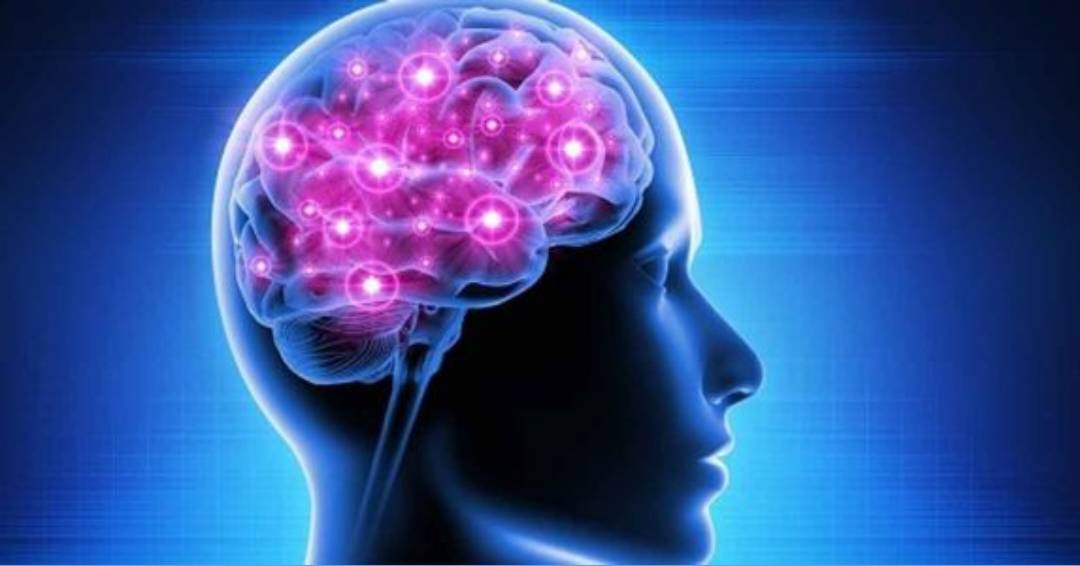
The human brain, with its intricate network of billions of neurons, remains one of the greatest enigmas of the human body. For decades, neuroscientists have been striving to understand how the brain functions, how it processes information, and how it gives rise to our thoughts, emotions, and behaviors. In a groundbreaking study, researchers have recently discovered a fascinating correlation between the shape of the brain and patterns of brain activity, shedding new light on the complex relationship between structure and function within this remarkable organ.
The Study:
The study, led by a team of neuroscientists from prominent institutions, employed advanced neuroimaging techniques, including functional magnetic resonance imaging (fMRI) and diffusion tensor imaging (DTI), to investigate the relationship between brain shape and patterns of neural activity. The research team recruited a large cohort of participants and collected detailed brain scans to map the structure and activity of their brains.
Brain Shape and Functional Connectivity:
The findings of the study revealed a remarkable association between brain shape and functional connectivity. Functional connectivity refers to the synchronized activity between different regions of the brain, highlighting the communication and coordination that underlie various cognitive processes. By analyzing the brain scans, the researchers identified distinct patterns of functional connectivity that corresponded to different brain shapes.
The researchers discovered that individuals with similar brain shapes exhibited more similar patterns of functional connectivity, indicating that the structural characteristics of the brain can influence the way different regions interact and communicate. These findings challenge the traditional notion that brain function is solely determined by the specific locations of brain regions and emphasize the importance of considering brain shape as a crucial factor in understanding brain activity.
Cognitive Abilities and Brain Shape:
Furthermore, the study also explored the relationship between brain shape and cognitive abilities. The researchers conducted a series of cognitive tests on the participants and correlated their performance with their individual brain shapes. Surprisingly, they found that certain cognitive abilities were significantly associated with specific brain shapes.
For instance, individuals with a more spherical-shaped brain demonstrated enhanced spatial reasoning abilities, while those with elongated brains exhibited greater verbal fluency. These intriguing associations suggest that the structural organization of the brain plays a vital role in shaping individual cognitive strengths and weaknesses.
Implications for Neuroscience and Medicine:
The implications of this study extend far beyond the realm of basic neuroscience research. Understanding the relationship between brain shape and patterns of neural activity could have profound implications for diagnosing and treating neurological and psychiatric disorders. By considering an individual’s brain shape, clinicians may be able to gain valuable insights into the underlying neural mechanisms contributing to various disorders and tailor treatment strategies accordingly.
Moreover, this newfound knowledge could pave the way for the development of innovative therapeutic interventions that target specific brain shapes or leverage the structural characteristics of the brain to enhance cognitive functions. For instance, neurofeedback techniques could be designed to modulate brain activity based on an individual’s brain shape, potentially offering personalized treatment options for conditions such as attention deficit hyperactivity disorder (ADHD), autism spectrum disorder (ASD), or depression.
The Future of Brain Research:
The study’s findings represent a significant step forward in our understanding of the brain’s complexity and the intricate interplay between structure and function. As technology continues to advance, it is likely that further studies will delve deeper into the relationship between brain shape and brain activity. Researchers will undoubtedly explore whether these patterns of brain activity are stable over time or vary in response to environmental factors and life experiences.
Furthermore, investigations into the mechanisms that underlie the observed associations will provide valuable insights into the fundamental principles of brain organization and function. Neuroscientists may uncover genetic, epigenetic, or developmental factors that shape both brain structure and function, unraveling the mysteries of how the brain becomes uniquely wired in each individual.
Conclusion:
The study
on patterns of brain activity determined by brain shape represents a groundbreaking discovery that challenges existing paradigms in neuroscience. By highlighting the correlation between brain structure and functional connectivity, the research opens up new avenues for understanding the intricate workings of the human brain. This newfound knowledge has implications not only for our understanding of cognition and behavior but also for the development of novel therapeutic strategies for neurological and psychiatric disorders. As our understanding of the brain continues to evolve, we move closer to unlocking the secrets of this remarkable organ that defines who we are as individuals.

Post Your Comments